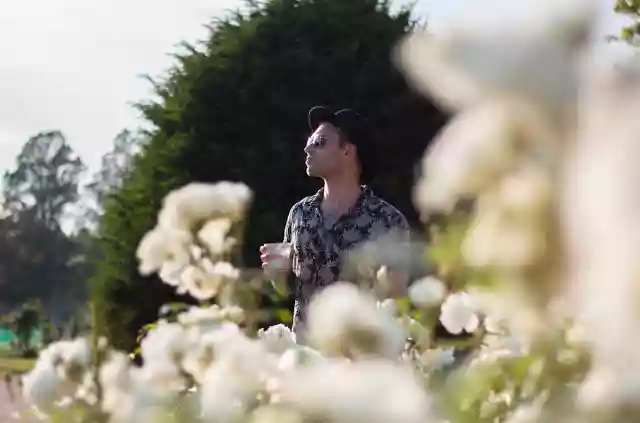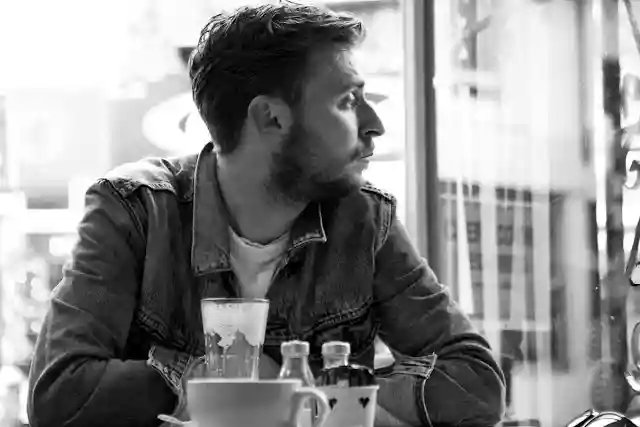- Call us: 01444 237070
- Contact Us
- Stores
- Sign In / Register
-
- Back
- Used Cameras
- Used Lenses
- Used Video
- Used Film Equipment
- Used Stock Alert
- Used Accessories
- Recently Added Used Equipment
- Used Clearance
- Faulty
- Park Picks
- Sell or Part Exchange
- Trade-In
- Blog
- New in
- Call us
- Contact us
- Stores
- Sign in
- Categories
- Tips & Inspiration
- Reviews
- News
- Events
- Features
- Buying Guides
- Competitions
5 Ways To Improve Your Photography This Weekend
'How do I take better photos?' Our guide provides 5 useful tips to improve your photography.
These hints and tips can be tried straight away - they don't require tripods, or complicated lighting setups - in fact, these principles apply even if you are taking photos with your smartphone. Why not try one of these straight after reading this article, and let us know how you get on?

5 ways to take a better photo:
- Know your light
- Add depth to your images
- Change your perspective
- Tell a story
- The best camera is the one you have with you
1) Right time, right light
It may be cliché, but there is a lot to be said for shooting at the right time of day. If you get into the habit of thinking about what the lighting will be at certain times of day, you start to naturally understand the relationship between light, location and season. It’s a great mindset to get into, as you can apply it to all photoshoots.

Advantages of shooting in natural light:
- Can give natural feeling shots with beautiful colour tones
- Avoids relying on flash – which can be hard to master
- Increases time on shoot with your model – no lighting set-up distractions
- Create pictures unique to location, time of day and season
Avoid bright, mid-day sun
Midday sun is generally one to avoid – the bright sun casts harsh shadows, which is not ideal for portraits.
Tip – If you are out in mid-day, look for natural diffusion – overhead trees can create dappled light. You can, of course, choose to play up to the strong contrast that the midday sun provides – consider shooting in black and white (where strong contrast works well), or capturing strong bursts of light/shadows between repetitive lines (columns on a building, for example).
Shoot in 'golden hour'
The fabled ‘golden hour’ is the hour before sunrise/sunset. Simply put, the natural light is softer and warmer, and is especially complimentary if you are shooting portraits. The warm tones can lend a magical feel to your pictures – the image of the rose (above) would be pretty flat if it was not for the wonderful light and warm tones.
2) Add depth to your image
Exploring depth of field can help set your images apart – we know that a blurred background can help isolate a subject and focus the eye on what is important. As can lead-in lines – an element within an image that your eye is naturally drawn along (a pathway for instance).
Try shooting a subject, using a wide aperture to blur the background (why not try this during golden hour - a neutral density filter may help if you need to stop down while stlll shooting at a wide aperture). To mix it up, add some blurred foreground subjects – we’d suggest trying some vegetation to start with. This achieves:
- Beautifully blurred foreground and background colours
- Isolates the subject of the picture – makes them stand out
- Leads the eye towards your subject.
Note – Using a longer focal range, say 85mm plus, helps keep your subject the prominent point in the frame, and can make it easier for your camera’s AF system to identify where to focus.
3) Change your position
This is my favourite tip, and probably one of the reasons I fell in love with photography – nothing rewards like capturing a unique angle.
I remember when I first started out playing with cameras, I would take photographs of my little brother on a rope swing in our driveway. I would lie in the gravel underneath the swing and capture some great motion shots, looking up.
So, climb up high, and point your camera down! Lay on the floor with a wide angle and look up! Invest in a drone, or set your camera up somewhere unusual and use a remote control.

Why does this have such an impact?
Simply put, changing your perspective allows you to capture moments that the human eye simply does not see on a daily basis. Think about when you are speaking to a child – you naturally lower yourself to their height.
If you do the same with your camera in hand, the world looks like a different place. A ‘fresh’ perspective naturally spikes human interest, as it makes us look at things in a different way from usual, and this tends to capture attention.
4) Tell a story
Adding narrative to an image can help build intrigue – if you make the viewer stop and wonder what is happening then you’ve done the trick. This can be achieved through a variety of methods.
So how to do this?
Telling stories with people in is a great place to start – even a straightforward portrait can tell a story – capturing your subject as they gaze off into the distance can get the viewer asking questions. Take the image below - What is he looking at? Is he in the cafe by himself, contemplating, or is he waiting to meet someone?

Street photography lends itself well to storytelling – you don't have to worry about having a highly original conceptual approach – people going about their everyday business can be highly relatable.
On the other end of the scale – if shooting people is not your thing, then think about what subjects have interesting back-stories – old, abandoned buildings or an overflowing mailbox can be equally evocative.
5) The best camera is the one you have on you
OK, so this may not sound like the most useful tip ever, but getting into the habit of having a camera with you sparks creativity and helps you avoid those 'I wish I hadn't left it at home' moments.
The shots in this blog in the rose gardens are a classic case-in-point. I was out with friends, on a social with no intention of shooting. My Canon 70D (& 17-55 f/2.8) sat there unloved for most of the day while we had a picnic. But as soon as golden hour struck, I was glad of my decision.
All images (c) Ashley Laurence
Shot with Canon Eos 70D, EFS 17-55 f/2.8, EF 50mm f/1.8
Read more articles
Share this post:
By Park Cameras on 11/06/2018

Trade in your old equipment
Fast and easy trade in service ensures your old gear is collected efficiently and you are paid quickly! It's very simple to trade in your unwanted photography gear. Just head over to our dedicated Sell or Part Exchange page, fill out the details, and we'll get back to you with an offer for your old gear. Take the cash, or put it towards the cost of your new gear. It's up to you! Find out more
sign up to the newsletter
Keep up to date on the latest photography news, events and offers. Sign up now
